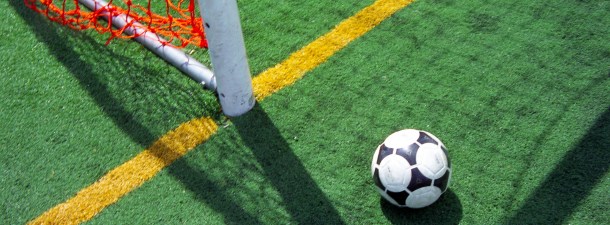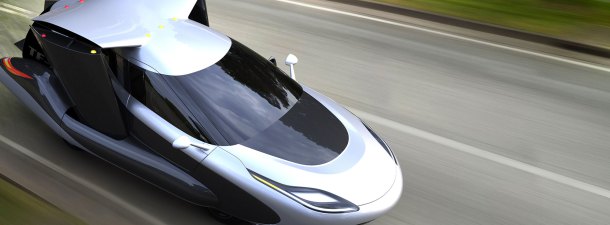A team of scientists at the University of Illinois is experimenting with sensors inside sports objects such as balls or racquets.
The proliferation of sensors in sports began with wearables, but will go much further. Smartwatches and smart bracelets runners use are just the tip of the iceberg. The next step is in the objects that are used to practice each discipline. Sensors can be introduced in a football to measure the speed of a shot , the acceleration that the ball reaches, how much it spins, and what it’s specific trajectory is like.
Just like in a football, these sensors can also be introduced in racquets and athletic shoes. This adds a layer of more information to sporting events. If football matches are already filled with statistics, the deployment of the Internet of Things in balls and other athletic gear will accentuate this trend.
This will be new data, and an added value, for the public. Just like it’s been done in tennis for a long time by measuring the speed of serves. High speed cameras are used for this. But these systems can cost approximately one million dollars. Needless to say, no small team or modest sport can afford them.
The deployment of the Internet of Things in balls or racquets is something else. These sensors in sports are much cheaper and provide more information. Football is usually taken as an example because it’s the most popular sport in Spain, but this trend began in a field very far away. A team of researchers at the University of Illinois pioneered the introduction of these systems and chose a cricket ball for its experiments.
Cricket balls are especially adequate for this purpose because they are hollow. In their interior, surrounded by wood, they installed a sensor capable of measuring the trajectory or the revolutions per second. The scientists developed a series of algorithms for treating this data from IMU (insertial measurement unit) devices.
The information will not only be for the public. The use of sensors in sports also concerns coaches. This way they can know what needs to be improved or what the strong points of their players are. These are details that professionals are normally able to deduce with quite a bit of precision, but this data can be used for support.
The scientists from the University of Illinois have also thought of other uses that go beyond the collection of data. Sensor batteries have to be charged, and it would be very useful if this only had to be done once. Opening a football every time the battery runs out is not very practical. Because of this, researchers are studying methods that would allow the sensors to collect the energy produced by the ball’s movements.
Images: Great Beyond, University of Illinois









